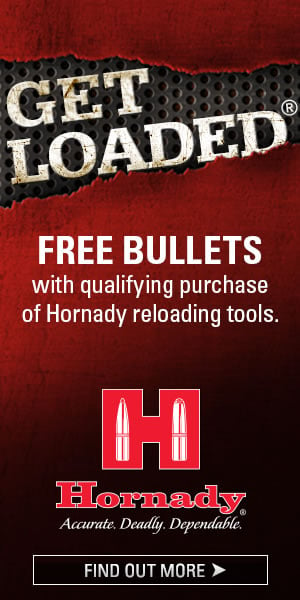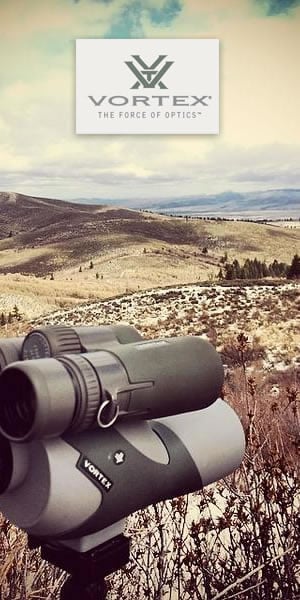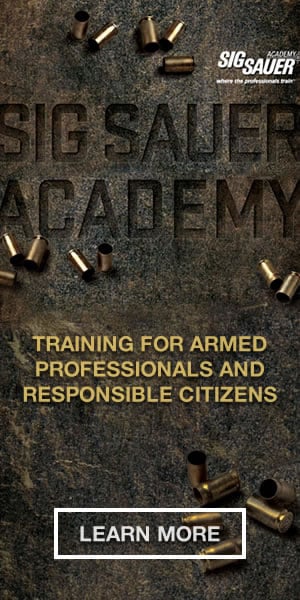There is another new concealed carry/home defense compact handgun from Smith and Wesson on the market-the M&P 9mm Shield 2.0 with Integrated Crimson Trace Green Laser Sight. It represents an ongoing commitment by Smith and Wesson in terms of product improvement that is designed to meet the need of current customer demands.
Recently, I wrote about the improvements made by Smith and Wesson to the full size and compact models of the standard M&P Pistol-known as the "2.0" version. Some of the same improvements now have been added to the compact Shield pistol in order to bring it in line with its full size brother.
The M&P Shield was already an excellent striker fired, polymer framed, single stack pistol designed to provide the purchaser with an ultra-compact pistol that delivers full power combat ammunition-9mm, .40 Smith and Wesson, and .45 ACP-on target. It is mostly the single stack-as opposed to higher capacity double stack-magazine that provides the most savings in terms of space. The shift from the philosophy of "I need as many bullets as I can possibly carry even though it is very uncomfortable" to "I want to carry as many bullets as I can in an ultra-compact lightweight easily concealed pistol" is a relatively recent phenomena borne out of practicality. It has caused Shield pistols to sell like hotcakes and other makers to jump on the single stack bandwagon.
The Shield is available with or without an additional manual safety-the primary safety being found in articulating trigger design, which works very well by itself. I find the Smith and Wesson trigger to be more comfortable to use in extended firing as opposed to triggers with lever safety systems. For those who want an additional measure of safety-maybe those with young children-the additional manual safety might be a good option.
The Shields 2.0 improvements are subtle and represent an evolutionary, rather than revolutionary step forward. These improvements are designed to improve the overall feel and control of the Shield while firing.
The grip texture has been upgraded, and is described as being more aggressive than the texture of the previous Shield. As you may know I recently tested the new M&P 2.0 Compact .40. The change in texture was quite noticeable over that of the original M&P-much akin to that of aftermarket grip tape kits that provide a feel similar to skateboard tape. For me, the new 2.0 grip texture is right on the money. Not too aggressive, not too smooth.
The trigger pull has been made smoother and crisper. Any previous slightly "mushy" feel has been eliminated and the trigger is closer to that of a true single action design.
Smith and Wesson is using a new, proprietary finish called Armornite, replacing the older "Melonite" for improved rust resistance. Considering that the slide and barrel are already made of stainless steel, the Armornite finish ought to make those parts about as rust resistant as it gets.
Those are some very nice upgrades-even though I was quite satisfied with the previous generation Shield that I tested. But what really ups the ante for the Shield is the addition of an integral Crimson Trace Green Aiming laser.
Crimson Trace has always been, and still is, the leader in the field for laser sights for law enforcement, military, and civilian users. I have long been a fan and was quite please when Smith and Wesson acquired the company a couple of years ago. This makes for a perfect partnership for advancing the use of handgun laser sights. The use of laser sights increases the effectiveness of the handgun in life and death situations-and the green laser is more easily seen in daylight conditions than a red laser.
Smith and Wesson enlarged the front end of the lower receiver to accommodate the laser aiming module. The change in frame shape means that holsters for standard Shields won't work with the laser frame dimensions. There is a green switch easily accessed by right or left index finger. Tapping the switch once turns the laser on and leaves it on. Tap again and the laser pulsates, which makes it somewhat more visible during brighter conditions. Tapping the switch a third time turns it off. The laser comes with the batteries installed. Changing batteries requires the Shield to be field stripped to access the battery compartment. By the way, if you contact Crimson Trace and tell them that you purchased a CTC equipped Shield, they will supply you with batteries for long as you own it!
I went to the range of a cloudy Ohio afternoon to test fire the new laser Shield. I decided to use SIG Sauer's new 147 grain 9mm V-Crown JHP defense ammunition as the test load. V-Crown ammo is made in a wide variety of calibers and bullet weights that are not limited to guns they manufacture. This shows their commitment to being known as a quality ammunition manufacturer.
The test went off without a hitch. In fact, I was able to load both magazines to full capacity-a seven round and eight round magazine are included, although loading the last couple of rounds was pretty tough. I was unable to do that on the previous Shield. The magazines should become easier to load with use.
I did not zero the laser sight before I went to the range. I recommend that you check the laser for zero before you take it to the range. It will be close to being zeroed in, but not perfectly so.
Crimson Trace sighting tools are included with the gun. To zero, find the longest distance in your home that you might find yourself engaging an intruder with a handgun, and zero (an unloaded gun) for that distance. Proper zero with a two hand grip should have the laser dot sitting directly on top of the properly aligned front sight. This allows you to see the laser dot while using the iron sights, which in the case of my sample pistol were the basic three dot white.
At the range I started out by shooting with the laser sight only. I found that its factory alignment caused it to print a nice group (about 2.5 inches) to the left about six inches while firing from 30 feet. Recoil even with the heavy 147 grain bullets traveling close to SIG's factory advertised velocity traveling around 985 FPS was very controllable. The excellent trigger contributed to the accuracy, and the laser was VERY visible under the day's overcast conditions. There was no noticeable muzzle blast even from the 3.1 inch barrel.
Using the open sights alone gave me a well centered group. The rear sight-while not adjustable for elevation-can be adjusted for windage. The Shield was fired straight from the box without cleaning or additional lubrication. There were no failures to feed or fire-as one expects with any modern pistol design from a major manufacturer like Smith and Wesson.
I like this new setup. While your gun may be out of service for a while and if the laser should break down, I wouldn't let that be a major concern. I have only had one Crimson Trace laser break down. And that was an early model that I had used and carried for 10 years-it was quickly repaired by Crimson Trace. The main reason their lasers fail is that the batteries run out.


